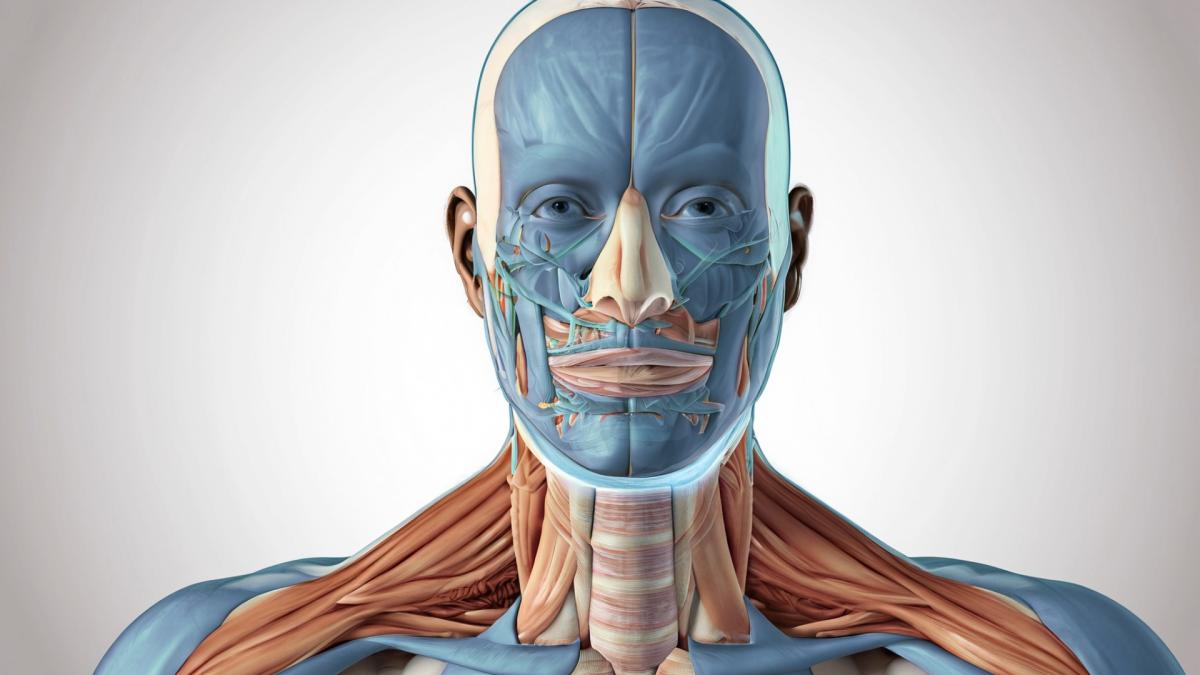
Repairing Cracked Steel Structures with Carbon Fiber Patches
In this high school science/engineering lesson on exploring cracked steel, students will delve into the concept of cracked steel and its impact on structural integrity. They will define composites and describe their properties, traditional methods of repairing cracked steel, carbon-fiber-reinforced polymers and their applications in modern life, and the implications of cracked steel structures. They will learn about the properties of steel and its significance in construction. The lesson will cover the causes of cracked steel, including excessive stress, fatigue, and corrosion, and explore different types of cracks in steel structures. Students will also discuss the consequences of cracked steel, such as structural failure and costly repairs. The lesson will emphasize preventive measures like proper design, regular maintenance, and material testing. Through visual aids, class discussions, and real-life examples, students will better understand the topic and its relevance to engineering and construction. The lesson will conclude with a recap and encourage students to reflect on the importance of maintaining structural integrity.
Lesson Plan Link/URL
https://docs.google.com/presentation/d/1wr3CHGShUfkxcSrvKzZdBPZEPR0cCvnF/edit?u…Subject Area
Science Physical Science Technology 5. Computational Thinker Engineering S3: Apply Mathematics to Engineering S4: Apply Science to Engineering S5: Apply Technology to Engineering S7: Apply Project Management to Engineering Mathematics Measurement and Data (MD) Ratio and Proportion (RP) Statistics and Probability (SP) Algebra (A)Related Content

In this lesson, students use the Kepler’s Laws PhET Simulation to collect data on the period and average radius of the planetary orbits. They graph and analyze that data to derive Kepler’s 3rd Law.


More VR integration in the classroom, oh my! This is the second lesson of a two-day exploration of chain reactions. On day one, students received a general overview of chain reactions, Rube Goldberg

